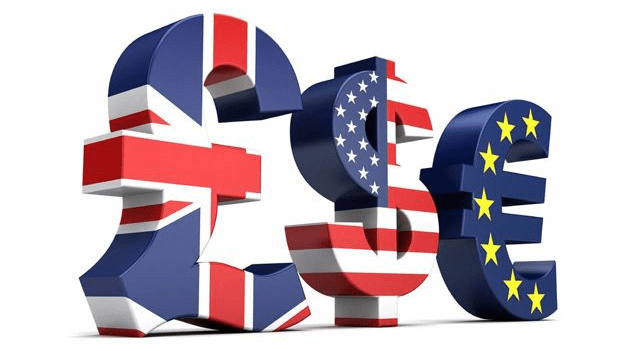The U.S. dollar remained near a three-month high on Tuesday, supported by fading expectations for additional Federal Reserve rate cuts, while the British pound slipped as political pressures mounted on U.K. finance minister Rachel Reeves.
At 04:35 ET (09:35 GMT), the U.S. Dollar Index — which tracks the greenback against a basket of six major peers — rose 0.1% to 99.770, holding close to its strongest level since August.
Dollar Remains Strong Amid Uncertainty
The dollar stayed firm early Tuesday as investors struggled to gauge the Fed’s next move, with the U.S. government shutdown limiting access to crucial economic data.
The Federal Reserve cut interest rates last week, though Chair Jerome Powell hinted that it could mark the final reduction this year. Still, San Francisco Fed President Mary Daly said she would “keep an open mind” about the December meeting, and Governor Lisa Cook described it as a “live” meeting, suggesting another cut remains on the table.
“This week is all about reassessing December Fed rate cut expectations,” analysts at ING wrote. “Recent Fed commentary has clearly suggested lower conviction on a preset easing path, which implies some greater data dependency.”
However, with the shutdown stalling key releases such as the JOLTS job openings report, traders have little new information to rely on.
“As a result, the few data points we do get – especially tomorrow’s ADP report – can have an outsized impact on markets, while the broader lack of data may lead to more spells of directionless FX trading,” ING added.
Pound Under Pressure on Political Tensions
In Europe, GBP/USD fell 0.4% to 1.3088 after Rachel Reeves, the British Chancellor of the Exchequer, pledged to take measures that are “necessary – not popular – to protect the country against high inflation and high interest rates.”
Reeves is expected to announce tax increases in the November 26 budget, a move that would break her campaign pledge not to raise taxes for “working people.” Although politically sensitive, such measures may be required to meet fiscal targets — a key concern for bond markets.
The euro also weakened slightly, with EUR/USD down 0.1% to 1.1509 after hitting a three-month low earlier in the session. Recent data confirmed that eurozone manufacturing activity stalled in October.
“The slew of post-meeting ECB speakers has added little to the policy narrative. The Governing Council is broadly on the same page with the rates view, and the feeling is that some substantial data surprises are now needed to create new division among policymakers,” said ING.
“If anything, we think the ECB might cut once again, but the risks at the moment aren’t high, and we predict that the easing cycle is over.”
The European Central Bank left rates unchanged at 2% last week for the third consecutive policy meeting.
Yen Recovers as Japanese Officials Reiterate Vigilance
In Asia, USD/JPY fell 0.5% to 153.51, with the yen rebounding after briefly touching an eight-and-a-half-month low. Japan’s Finance Minister Satsuki Katayama reaffirmed that the government would continue to monitor exchange rate movements “with a high sense of urgency.”
Meanwhile, Bank of Japan Governor Kazuo Ueda recently hinted that a rate increase could occur as soon as December, though markets remain skeptical given the central bank’s historically cautious stance.
Elsewhere, USD/CNY inched 0.1% higher to 7.1237, while AUD/USD slipped 0.3% to 0.6517 after the Reserve Bank of Australia left its cash rate unchanged at 3.60%, as widely anticipated.
The RBA said inflation remains “materially higher than expected” and that returning price growth to target will take time — signaling no imminent policy changes on the horizon.
